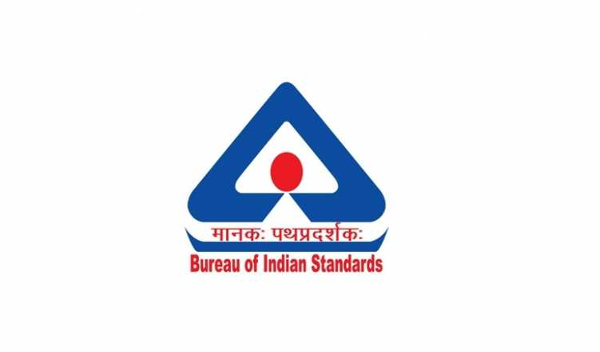The Bureau of Indian Standards (BIS) will still frame guidelines but these would be regulated by MDA. The arrangement would be on the lines of food items, where BIS designs the standards, but these are enforced by the Food Safety and Standards Authority of India. For, BIS itself doesn’t have implementing powers, said a senior government official who is working on the proposed MDA.
He said the body would comprise representatives from the industry, policy makers and active medical practitioners. It will get its role, powers and objectives from a Medical Devices Act, whose provisions are being framed.
“Government agencies, along with BIS, are formulating the Act. The draft has been made and BIS has already made 1,325 standards for more than 1,000 product lines,” added the official. NITI Aayog is also involved in the process.
The plan is to stop using norms borrowed from the American regulator, the Food and Drugs Administration (FDA), for procurement by state and central governments once MDA is put in place.
Currently, medical devices are the responsibility of the central drug regulator but are treated akin to.
As many as 22 medical devices have been categorised as drugs and are the only ones that are regulated. The rest are sold in the market without any particular standards governing these. Imported medical devices are given approval in India if they have US FDA approval or from the European Union.
Medical device makers say they are not very comfortable with the idea of BIS framing a law. They feel CDSCO should be doing it.
Meanwhile, the government is also working on rules for rationalising the trade margins for medical devices that have been categorised as drugs. This includes intraocular lenses. The government has already capped the prices of cardiac stents and orthopaedic knee implants. NITI Aayog and the department of pharmaceuticals are together working on a formula to cap the prices of other medical devices that are considered drugs.
Devices not characterised as drugs cannot be brought under price caps by the NPPA, using the Drug Price Control Order.
Remedy for sector
- The proposed body will be separate from the Central Drugs Control Standard Organisation
- It would have representatives from the industry, policy makers and active medical practitioners
- The plan is to stop using norms borrowed from the American regulator, the Food and Drugs Administration
- The government is also working on rules for rationalising the trade margins for medical devices that have been categorised as drugs
Source: IBEF
Image Courtesy: BTVi
You may also like
-
Trade Connect E-platform For Exports Is Single Window, Fast, Accessible And Transformational: Shri Piyush Goyal
-
Five Successful Years of Pradhan Mantri Kisan Maandhan Yojana (PM-KMY)
-
Global Study by Leading Experts : Swachh Bharat Mission Drives Significant Reductions in Infant Mortality Rates in India
-
India Graphene Engineering and Innovation Centre (IGEIC) Under the Vision of Viksit Bharat@2047 Launched
-
Government Launches Vishvasya-Blockchain Technology Stack
